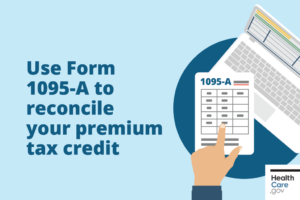 “A recent study found that older people spend an average of 21 days a year on medical appointments. Kathleen Hayes can believe it.
“A recent study found that older people spend an average of 21 days a year on medical appointments. Kathleen Hayes can believe it.
Hayes lives in Chicago and has spent a lot of time lately taking her parents, who are both in their 80s, to doctor’s appointments. Her dad has Parkinson’s, and her mom has had a difficult recovery from a bad bout of Covid-19. As she’s sat in, Hayes has noticed some health care workers talk to her parents at top volume, to the point, she says, “that my father said to one, ‘I’m not deaf, you don’t have to yell.”
 If you had Marketplace coverage at any point in 2023 and got the premium tax credit, here’s what you need to know about filing your federal taxes.
If you had Marketplace coverage at any point in 2023 and got the premium tax credit, here’s what you need to know about filing your federal taxes. When it comes to living a long and healthy life, finding and treating health conditions at an early stage is key. Alongside a healthy lifestyle and regular checkups, screening tests offer people the best chance to thrive at any age.
When it comes to living a long and healthy life, finding and treating health conditions at an early stage is key. Alongside a healthy lifestyle and regular checkups, screening tests offer people the best chance to thrive at any age.  Health insurance is an essential part of one’s investments that can take care of any medical treatment. For those who do not know about health insurance, you purchase a policy from an insurance company for a yearly premium. In return, the insurance company will cover all your health-related costs.
Health insurance is an essential part of one’s investments that can take care of any medical treatment. For those who do not know about health insurance, you purchase a policy from an insurance company for a yearly premium. In return, the insurance company will cover all your health-related costs. 